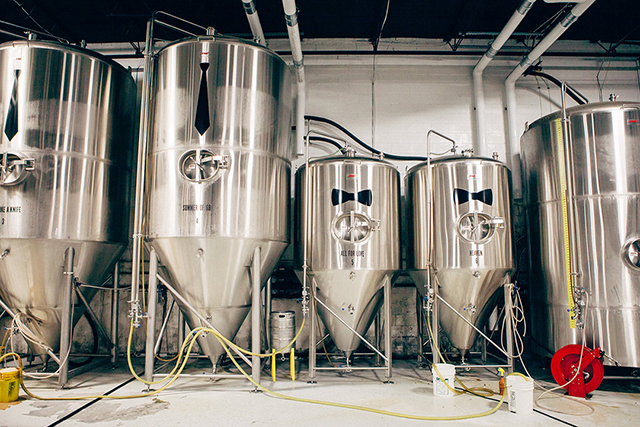
Monday Night Brewing switched from activated carbon to catalytic carbon in their first stage of water treatment a few years back as the Atlanta brewery made steps toward improving their water source for even better beer.
“This allows for better removal of chlorine but also removes chloramine (which many municipalities are switching to for their water treatment),” noted co-founder Joel Inverson. “We also added steps to soften our already soft water even further which then allows for a consistent “blank slate” as we add unique mash salts to each beer.”
Repeated checks help maintain consistency and quality throughout. Those checks start at the source. One of the big misconceptions is that water coming from local municipalities is always consistent.
John Stewart, the Director of Brewing Operations for Perrin Brewing, started looking at water sources in Southwest Michigan even before he was working with Perrin, which uses an RO filter to have a clean base of water.
“We started to see how much the water could fluctuate coming in because they’re not really as concerned with making good brewing water as is making safe drinking water,” Stewart said. “When we started looking at it, we noticed when the lake would flip over they (the city) would have all the organic bloom that would happen in the summertime and they would have to treat the water differently. We would start to see some discrepancies coming in and some actual pretty big swings.”
Iverson said that thankfully the city of Atlanta’s water is high quality, plentiful, and consistent.
”Most of our tests validate basic things like alkalinity, chlorides, and hardness,” he said. ”Then we use those number to validate our water treatments, and then water adjustments.”
The biggest thing is the removal of chlorine, Stewart said, and putting in a carbon filter in is key.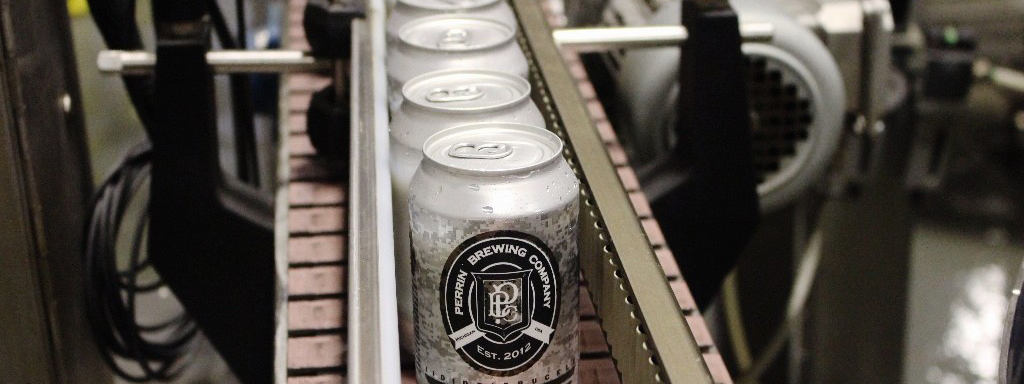
“A lot of breweries when they start off and they’re smaller you can flash chlorine off in a hot liquor tank and if it’s setting overnight and it’s getting warm they might not run into issues,” he explained. “From what I’ve seen as breweries start off, they don’t run into issues. But then as the production ramps up they’re selling more beer, they get busier then they start to fill their hot liquor tanks up and they’re not giving it that contact time where they were naturally flashing off chlorine and suddenly they’re putting chlorinated water into their product.
“I’ll talk to a guy saying ‘Man it’s like something changed. I don’t know what’s going on with my beer.’ What they’re doing is they’re changing their brewing process because they’ve gotten faster and they’re basically putting chlorinated water into the product where as before if you fill the hot liquor take up the night before you let that chlorine flash off it wasn’t an issue. Now if they do three or four brews in a single day, they’re not giving it that time. They really need to install a carbon filter to remove that chlorine. When you mix chlorine with dark malts, you get those chloro polyphenols and you start to get Band Aid, plastic and electrical tape and all sorts of off flavors that can be formed from it.
“So to me, at a bare minimum, I always tell people you’ve got to do something to make sure that the chlorine is being removed.”
Even for breweries that don’t have an advanced lab to track some parts water testing, municipal water facilities are a great place to reach out to for information, Stewart said.
“Another place I always tell people is to talk to their chemical vendors,” he added. “Those vendors will actually do free testing — it’s part of a service for them. So if you’re buying either the chlorine testing material or if it’s just cleaning chemicals, a lot of these chemical companies have the lab in place and it’s just as part of the customer/supplier relationship they’ll do water testing.”



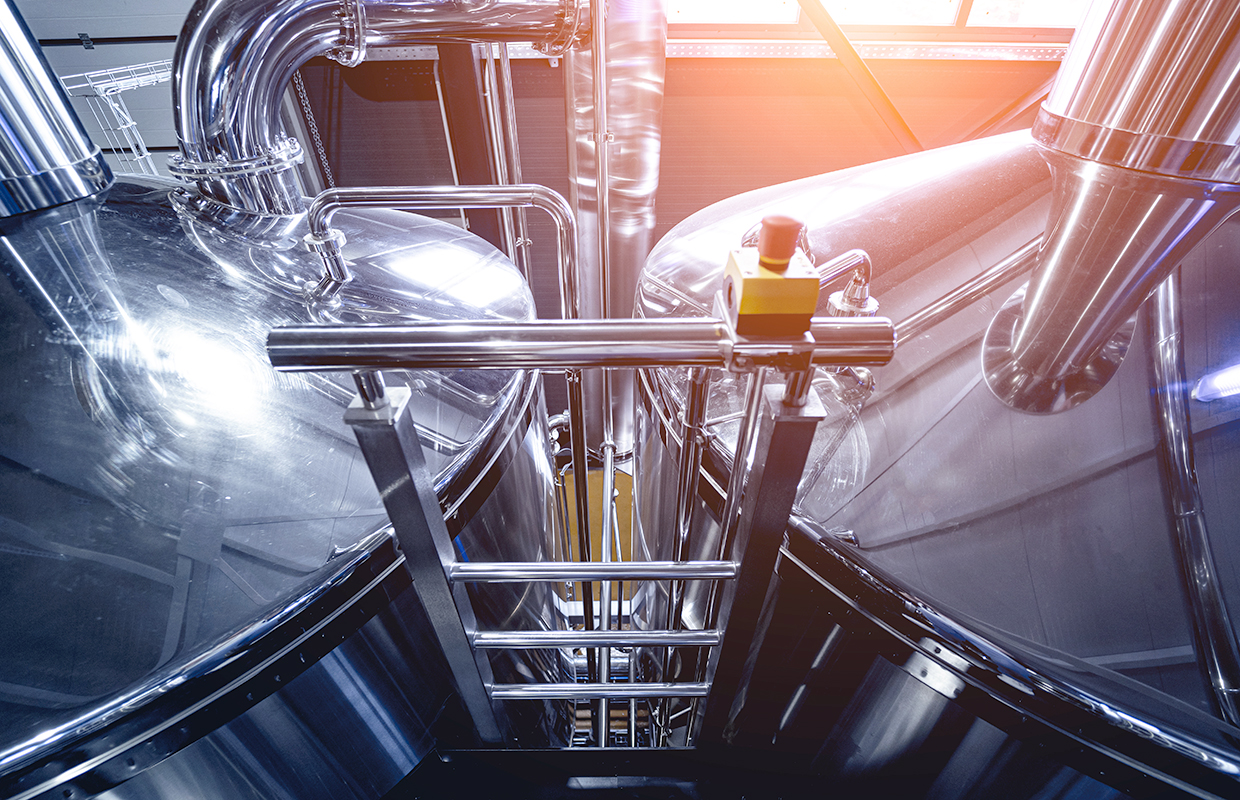
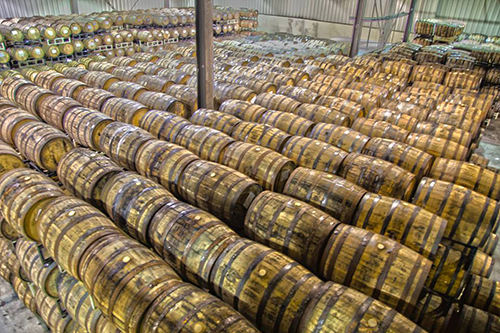
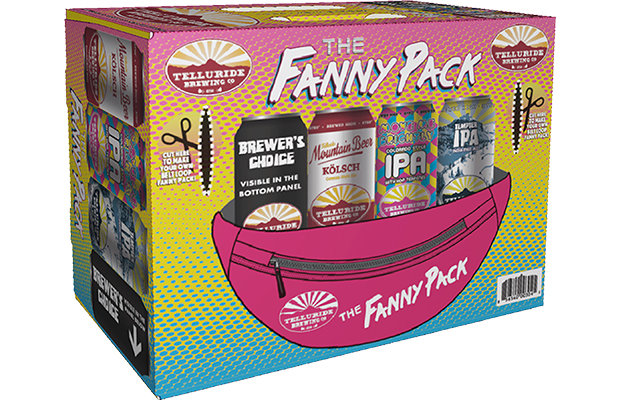
1 Trackback / Pingback